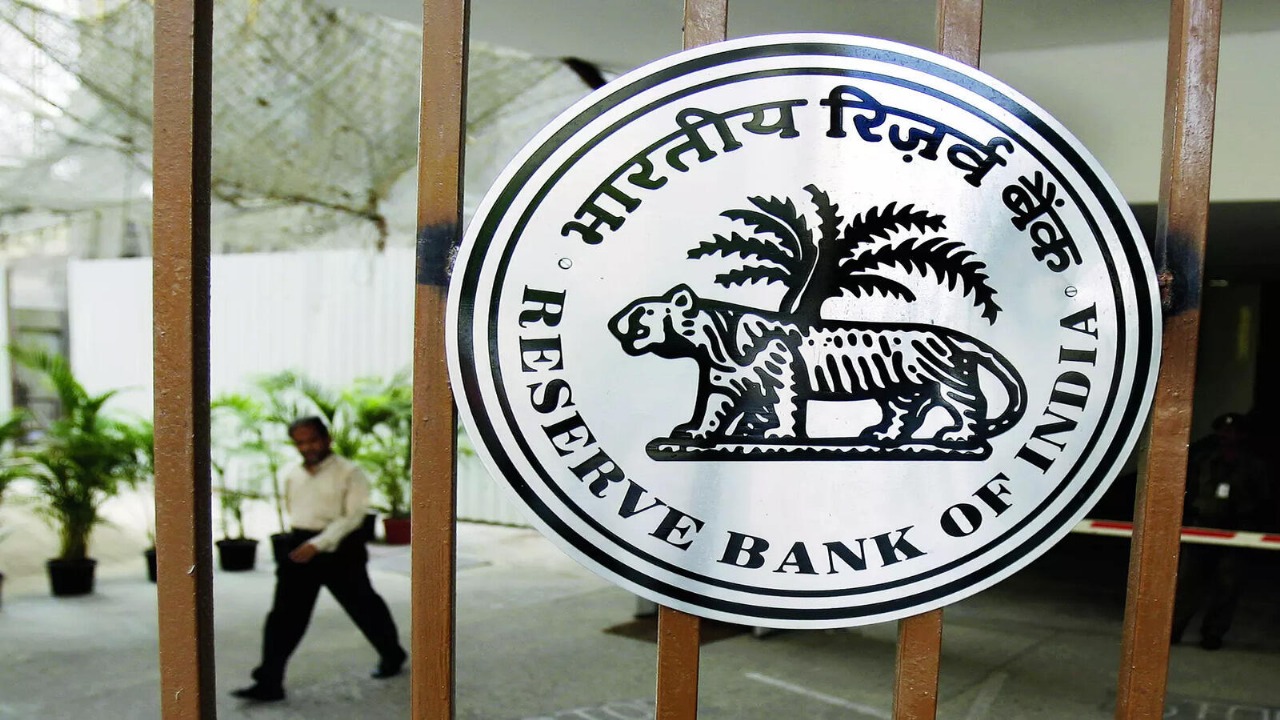The Reserve Bank of India (RBI) recorded its highest net forex purchases in four years, acquiring $14.4 billion in March. The central bank’s intervention in the foreign exchange market was driven by strategic dollar-rupee swaps aimed at boosting banking system liquidity and stabilizing the rupee.
Forex Market Intervention
- RBI purchased $41.5 billion while selling $27.2 billion in March, contributing to a 2.3 percent appreciation of the rupee
- The central bank conducted three dollar-rupee buy-sell swaps between January and March, totaling $25 billion
- Two of these auctions, each worth $10 billion, were completed in March, injecting rupee liquidity into the banking system
Liquidity and Banking System Impact
- By the end of March, RBI’s net outstanding forward sale position stood at $84.4 billion, down from February’s $88.7 billion
- The central bank’s forward book indicates accumulated net dollar shorts, requiring either rollover or liquidity injection to prevent drainage from the banking system
- Economists suggest that RBI’s intervention supports monetary policy transmission and helps manage capital inflows
Market Implications
- The forex purchases reflect RBI’s strategy to maintain currency stability amid global economic fluctuations
- Analysts are monitoring the impact of these interventions on India’s foreign exchange reserves, which currently stand at $691 billion
- The rupee’s appreciation in March signals improved investor confidence and reduced volatility in currency markets
Future Outlook
- RBI is expected to continue managing forex reserves strategically to balance liquidity and currency stability
- The central bank’s approach will be influenced by global trade dynamics and capital inflows in the coming months
- Investors and policymakers will be closely watching RBI’s next moves in the foreign exchange market
Sources: Economic Times, Financial Express, Times of India, MSN News
